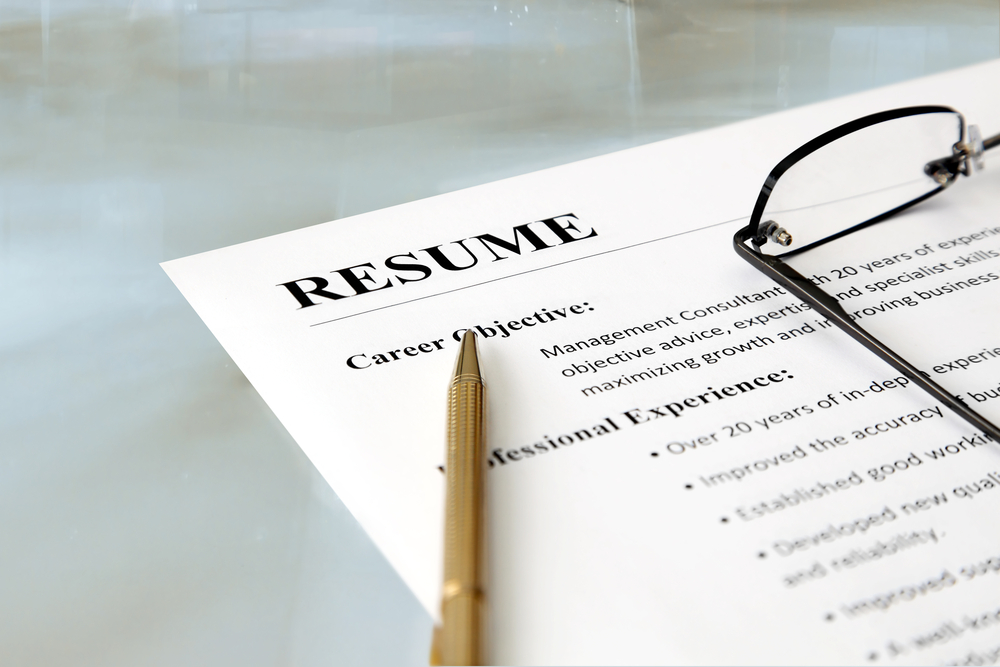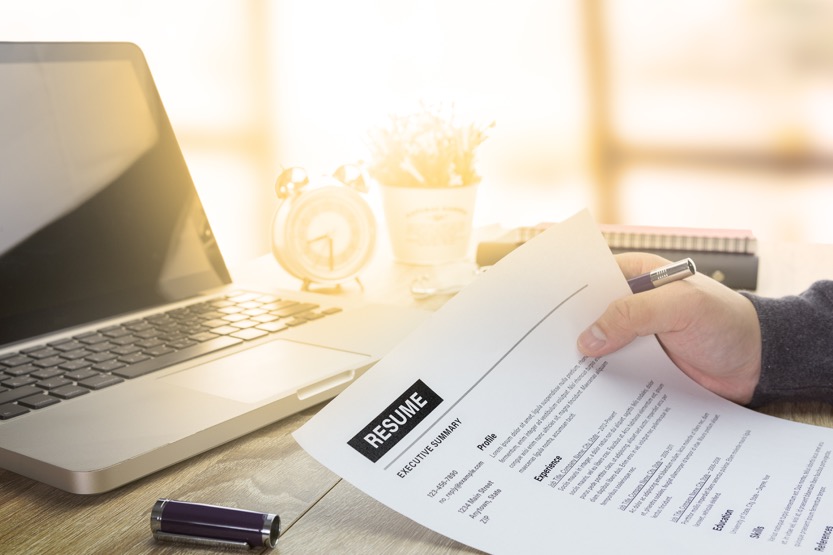Resumes for career change – There is no one-size-fits-all regarding resumes, and we are here to help! We have broken down the best resume formats for each type of career change you might be looking at to help you get started.
Resume formats are as varied as resumes are diverse. They can be Word documents, pdf files, or PowerPoint presentations. Employers want to know that you know how to write and present your resume in a competitive job market, so what’s the best format for you? I’ll give you some tips on how to write a resume.
There are many ways to organize a resume, but no one size fits all. How you structure your resume depends largely on what job you’re looking for and where you want to work. You should ensure it’s tailored to the job you’re applying for, not just any position you’d like.
A resume is vital in your career, but you might be confused about what to put on your resume if you’re changing careers.
What should I include in my resume? What format should I use? What information should I highlight?
This post will help you decide whether a chronological or functional resume is best for you.
Resume formats have evolved, but you’re expected to write a traditional resume in most cases.
This format will give you the best chance of getting a job interview.
While there are other resumes, you should use a traditional one unless you have a special reason not to.

Standard Resume Format
The most basic version of the resume format is a chronological one. This means it starts with your most recent work experience and then goes back in reverse chronological order until you get to your first job.
If you’re changing careers, this might be a bit confusing. It cannot be difficult to figure out what you’ve done since you were 16.
That’s why a functional resume can be helpful. Instead of listing every position you’ve ever had, you list the skills you used in each job. This makes it easier for recruiters to find your relevant experience and connect the dots.
A chronological resume is generally best if you’re looking for a job that requires a lot of experience. For example, an accountant won’t have trouble getting into a law firm or consulting company. However, they’ll struggle if they’re trying to find a job as a software developer.
Career Changer Resume
A resume is vital in your career, but you might be confused about what to put on your resume if you’re changing careers.
The resume is a document that represents you in the eyes of an employer. The best resume format should reflect your unique skills, achievements, and experience.
Resumes for career changers are often challenging. They must show a strong history, relevant skills, and achievements for a new career. But this is easier said than done! You may not know how to write a resume or create a professional cover letter to match. And if you do it wrong, your resume will be boring, unreadable, and unprofessional.
You are now in the process of getting ready to start your career change. And it’s time to take stock of what you’ve got and what you want to improve. It’s easy to get overwhelmed. You can find yourself paralyzed by the choices. Or you might spend hours deciding between two similar options, which look good on paper, but neither are you sold on.

How To Create A Resume That Will Get You Hired
A resume can be a tricky document to write. Not only do you need to impress a potential employer, but you also need to make sure you’re being honest with yourself. I’ll show you how to create a resume to get hired in this post.
Formatting is necessary, too, because it tells the hiring manager what kind of work you can do. It would help if you aimed to make your resume look like the rest of the applicant pool. This will show hiring managers that you’re a valuable candidate.
If you’re changing careers, you may be confused about what to include on your resume. What should I have? What format should I use? What information should I highlight?
A resume is vital in your career, but you might be confused about what to put on your resume if you’re changing careers.
When job hunting, it’s easy to get overwhelmed by the sheer number of job listings.
You may feel like you need to tailor your resume for every job you apply for.
That’s not necessary; in fact, it’s probably a bad idea.
When you tailor your resume for each job, you write an unreadable document that does you no favors.
You can create a resume that will stand out and get you hired by following these five steps:

What’s A Good First Resume To Send Out To Get Started
A traditional resume gives the hiring manager a glimpse into your skills and works history. In return, the hiring manager sees your skills and work history structured.
It’s very Knowingrmation is most relevant to your job search. Don’t wa is very important your time writing about something unimportant to you or on your resume. You don’t need to have worked for a large company or have years of experience. You need to write about skills and experiences relevant to your job search.
If you’re looking for a job that requires hiring and no experience, you should use a functional” resume format. This allows you to write about your skills and accomplishments rather than your previous work history. You can use the usable resume format if you have been self-employed for at least a year and don’t want to mention your previous employer or clients.
The functional resume is also helpful if you’re looking for a job in a new industry. If you want to change careers, you should use the available resume format because it will help you avoid writing about your past employment.
Frequently Ask Questions (FAQs)
Q: What’s the best resume format for someone who has changed careers?
A: If you have changed careers, there isn’t one right way to do it. An excellent way to start is to take an online course and learn all the required business skills. Then you can return to school and get a degree in something you are passionate about.
Q: How do I make my resume stand out and be noticed?
A: Focus on your accomplishments, not your experience. Make sure that you keep it short and straightforward. I would recommend using bullet points for the primary skills that you have. It makes it easy for employers to scan.
Q: What can I do to make my resume stand out?
A: First, I would recommend getting rid of your cover letter. A cover letter is unnecessary; most people don’t read them anymore. Secondly, I would recommend changing the order of your contact information.
Q: What is your favorite part of being a fashion model?
A: The best part of being a fashion model is traveling the world. I’ve visited Paris, Milan, Rome, London, Shanghai, Hong Kong, and New York. There are so many unique places that I haven’t seen yet. You never know what’s going to happen next.
Q: What are some of your favorite models/fashion designers?
A: Some of my favorites are Naomi Campbell, Gigi Hadid, Bella Hadid, Kendall Jenner, Karlie Kloss, and Cara Delevingne.
Myths About Resumes for Career
1. A resume should not be more than one page long.
2. The resume should contain a chronological list of work history and work experience dating back to the early 1960s.
3. The resume and professional design should be concise and straightforward, without any irrelevant items.
4. Resumes should be written in the third person.
5. The resume should not include personal interests,
Conclusion
The best format for resumes for career changers highlights your relevant experience and skills. It should be concise, to the point, and, importantly, tell the employer what you can offer them.
I want to share with you my experience with resumes. I will discuss the best resume format for you and the one that will get you the job. I’ll also discuss what to include on your resume and format it.
In my opinion, this is the perfect resume template for anyone who is looking to make a change.
